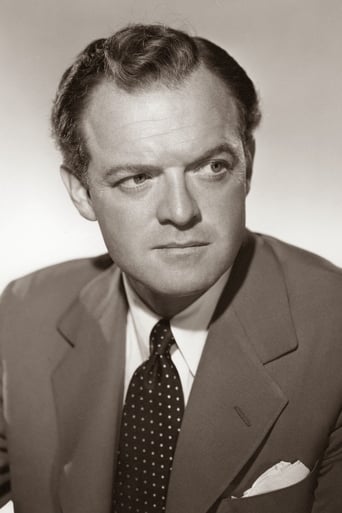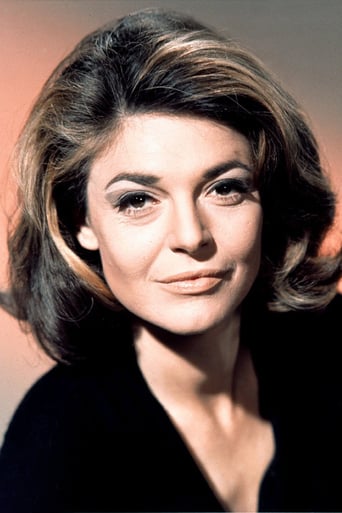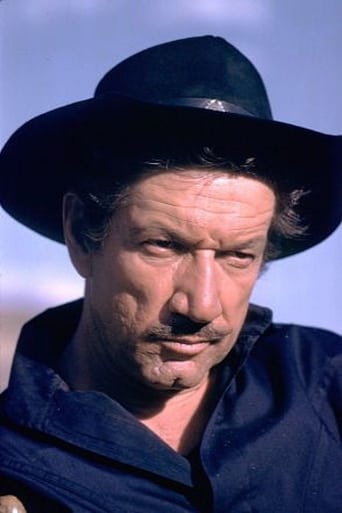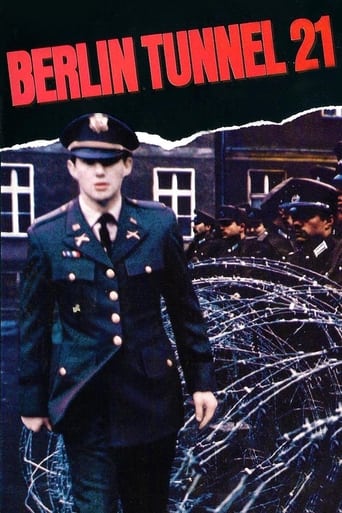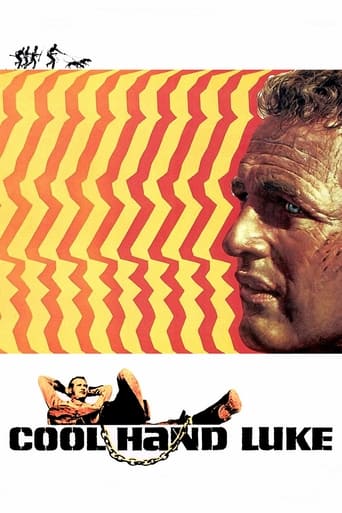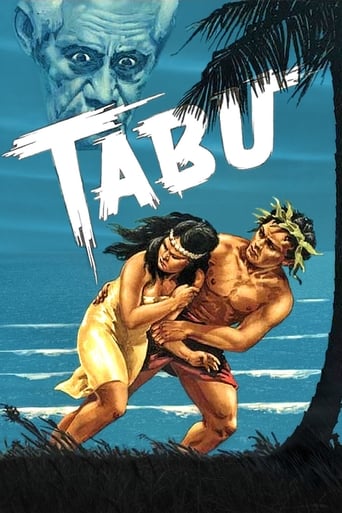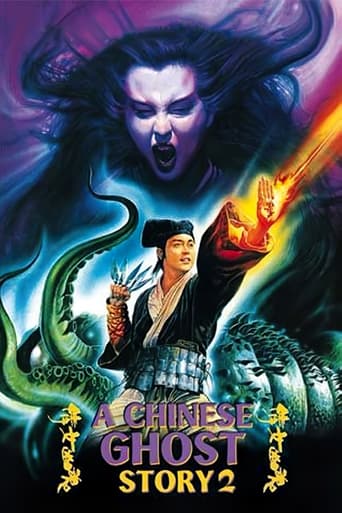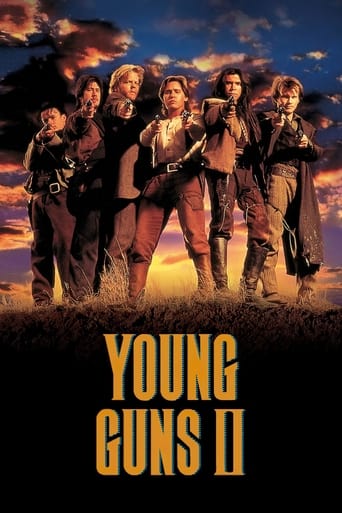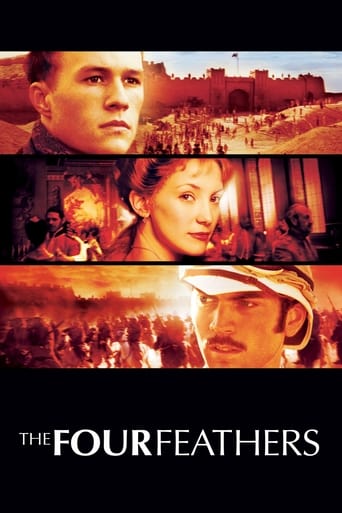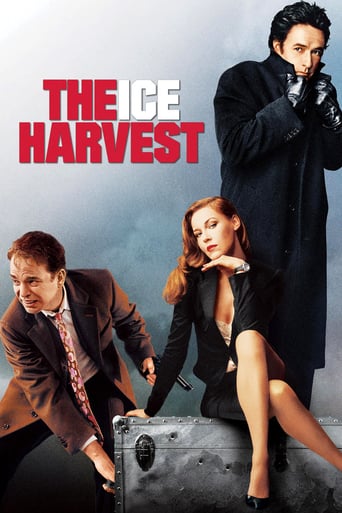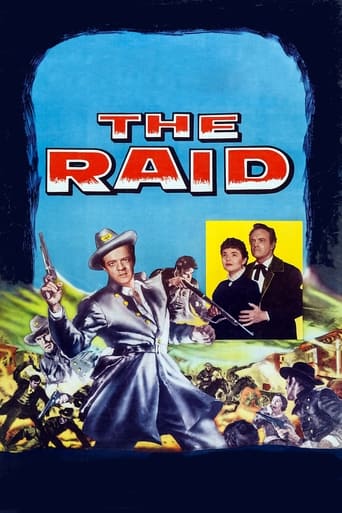
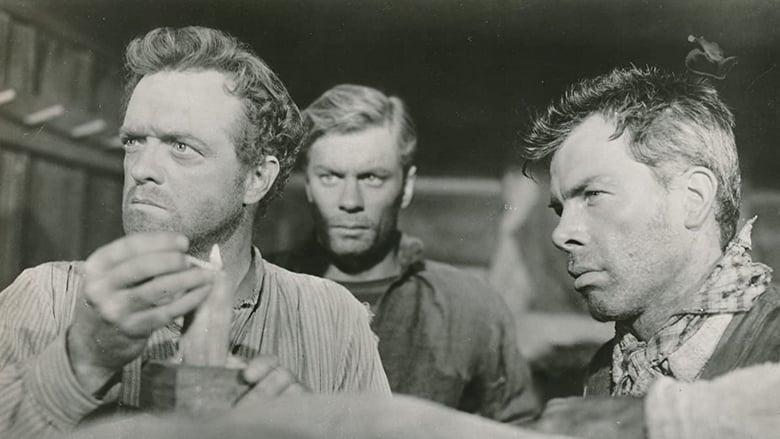
The Raid (1954)
A group of confederate prisoners escape to Canada and plan to rob the banks and set fire to the small town of Saint Albans in Vermont. To get the lie of the land, their leader spends a few days in the town and finds he is getting drawn into its life and especially into that of an attractive widow and her son.
Watch Trailer
Cast


Similar titles
Reviews
Maybe most interesting in the movie is the conflict between the social and the political. The Confederate major (Heflin) experiences this when he gets somewhat socialized into the Union town his raiders are slated to attack. He prepares the way for his raiders by infiltrating the town as a businessman. There he meets friendly people, including a widow (Bancroft) and her son (Rettig). It's impossible not to like what he finds there. Still, he and his men have a duty to the Confederacy, regardless of personal feelings. Besides, Gen. Sherman is burning his way through the southern states. So, given the personal conflict, what will the major do. Well acted by a stellar cast, including an unstable Lee Marvin as a Johnny Reb with an itchy trigger finger. With his distinctive looks and manner, Marvin is clearly on his way up the Hollywood ladder. The burning of the town is done to scale, though the flames are clearly controlled. Still, it's an elaborate effect, though I didn't know portable fire-grenades like those used were available at that early time. Of course, a topic like the Civil War means neither side can be treated as evil, unlike propaganda films involving foreign enemies. So each side, Union and Confederate, gets to show good points and bad, but ultimately, each gets respect. All in all, it's a good personality western and showcase for a number of up and coming stars.
Based on a real event in 1864, it's an interesting historical tale. A dozen or so Confederate soldiers escape from a Union prison and make it to Canada where they join a band of other escaped Confederates. After casing the small town of St. Albans, Vermont, they don their uniforms, raid the town, make off with the horses and the banks' money, and burn the buildings.I don't know how closely the film hews to historical fact and I'm too lazy to look it up but, as it stands, it's not badly done. There's nothing resembling grace in Hugo Fregonene's direction or in the dialog but the performances are entirely professional. That's only to be expected from such a seasoned cast.It's a narrative that contrasts ideologues and pragmatists, a subject of interest in some circles today. Lee Marvin as a Confederate lieutenant and Richard Boone as a guilt-ridden Union officer are ready to kill and die for their principles, even though the Civil War was virtually over by the time of the raid. Both are filled with loathing for the other side. The principle they stand for seem not to be states' rights or slavery but self actualization. Some of the town's good citizens are equally filled with righteous wrath towards the South.Boone survives after a futile defense but Marvin does not. This is Lee Marvin in his villainous mode. We get a generous portion of that baleful stare and we are forced to acknowledge that pendulous lower lip. And when Lee Marvin dies on screen, he really DIES. When he's shot he never slumps quietly to the floor grasping his belly. No. He twirls around and throws his arms awkwardly about. He does pirouettes. He does majestic leaps during which he seems to hang in the air. He does handstands, somersaults, and back flips. He does a grand jete en tournant. The audience applauds wildly, recklessly, as Marvin does a toe dance and for his renowned finale performs a superlative cancan. A few bluenoses razz his frilly underpants but he carries on undaunted until he slides to the floor, a dying swan. And when he finally stops rolling over, his tongue lolling out, there's no doubt that he is well and truly dead.The rebel leader is Van Heflin and he's a pragmatist. Regardless of the progress of the war, he's a major in the Confederate Army and he acts like one. The raid for him, as for most of the others, is an act of war, not just an expression of hatred. The raid (he hopes) will draw Federal soldiers from the south, and the money they steal will buy Enfield rifles from the British. It may be too late but that doesn't absolve him of his responsibility.I don't know what the covert message of the film is, although I'm sure there must be one. Maybe it's summed up when Heflin points out to Anne Bancroft that Sherman has been marching through Georgia, burning and looting and killing. Bancroft understands that. But would she understand why Confederates might do the same thing to St. Albans? I don't think that even-steven ploy would have worked if this were a movie about World War II and the Germans pillaged a town in Vermont. But both sides are rather balanced here, which is a step or two above "Gone With the Wind," in which the despised Yankees were all rats.
"My Six Convicts" director Hugo Fregonese's American Civil War saga "The Raid" qualifies as a genuine cult classic because it represents one of the rare occasions where the Confederacy triumphs over the Union in a Hollywood war picture. Not only does Major Neal Benton (Van Heflin of "Shane") lead his men in gray to victory, but he also achieves this exceptional feat in the North's own backyard in New England. Ostensibly, "Violent Saturday" scenarist Sydney Boehm derived his well-written screenplay from Francis Cockrell's story taken from Charleston author Herbert Ravenal Sass's non-fiction book "Affair at St. Albans." The trim, 83-minute, Cinemascope, Technicolor epic depicts Confederate soldiers robbing three banks in St. Albans, Vermont, during October of 1864 and getting away with the loot! In other words, the Confederacy wins in the end! Mind you, any American Civil War historian knows that the Dixie won its share of battles during the war, but Hollywood seldom lets the South win on the big-screen. The same critics and moviegoers who objected strenuously to director Ronald Maxwell's sympathetic portrayal of Jeb Stuart and the Confederacy in "Gods and Generals" probably would abhor this true-life re-enactment of a Southern victory. Simply said, movies like "Gods and Generals" and "The Raid" are not politically correct in our status quo driven society. Nevertheless, Buenos Aires born helmer Hugo Fregonese has acquitted himself splendidly with the material and has assembled a first-rate cast, including Richard Boone, Lee Marvin, James Best, Claude Akins, and Peter Graves in strong supporting roles. Tension, suspense, and surprises galore make this movie intriguing and enjoyable, particularly for the sons and daughters of Confederate veterans who want to relive a moment of glory. Naturally, if you've read this far, the tension, suspense and surprises will be mitigated because you'll know the outcome. When I first saw "The Raid," I have gnawing dread in my stomach that the Yankees would win because they are typically regarded as the good guys and the Rebels are consistently shown as the bad guys. Whatever possessed Twentieth Century Fox to produce this movie is beyond me, but I know that the same studio took a beating for its first movie about Field Marshal Erwin Rommel, Henry Hathaway's "The Desert Fox," which critics and the public alike condemned.C.S.A. Major Neal Benton (Van Heflin) and his fellow officers break out of a Union stockade in Plattsburg, New York, late one evening. Lieutenant Keating (Lee Marvin of "The Dirty Dozen"), Captain Frank Dwyer (Peter Graves of "Stalag 13"), Lieutenant Ramsey (Claude Atkins of "Return of the Seven"), and Lieutenant Robinson (James Best of "The Dukes of Hazzard") almost make it out of the stockade before Union sentries spot them and Keating kills one with a rifle. The Yankees pursue them and our heroes have to leave a fatally wounded comrade, Captain Dupree (George Keymass), behind with a revolver. When the Yankees catch up with Dupree, they shoot him ten times and he dies, but our protagonists manage to flee to the sanctuary of Canada. During this exciting episode, Fregonese and Boehm establish the villainy of one Confederate officer; Lee Marvin's Lieutenant Keating is a hot-headed, pugnacious Southerner who is obsessed with the destruction of all things Northern. Benton knows that Keating is a liability, but he brings him along anyway. Early in his career, the future Academy Award winning Marvin specialized in playing merciless killers. Once the Southerners are across the border, they go into action again and Confederate Colonel Tucker (British born actor Paul Cavanagh of "The House of Fear") furnishes them with provisions for a raid across the border into the fat, sassy New England town of St. Albans with its three banks.Benton masquerades as Canadian businessman Neal Swayze and visits local banker Josiah Anderson, (Will Wright who played skinflint Ben Weaver on three episodes of "The Andy Griffith Show") about properties for sale around the town. Anderson recommends that Swayze stay at the boarding house of Katie Bishop (Oscar winner Anne Bancroft of "The Miracle Worker") and her young son Larry (Tommy Rettig of CBS-TV's "Lassie"), because the vittles are good. In reality, Anderson owns the note on Bishop's boarding house. Swayze relies on both Katie and Larry to show him around the outskirts of St. Albans so he can see the properties. Swayze's presence in Katie's boarding house grates on one of her boarders, one-armed Union officer Captain Lionel Foster (Richard Boone of "The Shootist"), who resents the way that Swayze appears to toy with Katie's affections. Anyway, Swayze completes his reconnaissance of St. Albans and learns that the road out of town crosses a deep, rapidly flowing river. He brings his men into St. Albans and stations them at an abandoned farmhouse on the far side of the river. Keating and Robinson appear in town and not long afterward Dwyer arrives in a wagon selling pots and pans. Later, Swayze lays out his attack plan on the town and demonstrates the use of liquid explosives which they will use to burn parts of the town. Colonel Tucker wants this raid to be the first of many so that Union troops will be forced to serve rear guard duty.Fregonese and Boehm cram a surfeit of detail into his crisp, concise thriller. Swayze grows fond of Katie and her son Larry worships him, especially after he is forced to gun down one of his men in church to prevent the townspeople from learning about their raid. Nothing is a picnic in "The Raid." The Southern protagonists have as much to worry about from their own kind as well as the Yankees who make an unscheduled appearance in town and thwart their time table. Nevertheless, Fregonese and Boehm don't waste a moment and "The Raid" gathers momentum right up to the infamous raid itself. This movie will keep you on the edge of your seat if you enjoy this type of drama. All the characters are beautifully written, especially Richard Boone's dour Captain Foster.
Van Heflin is a confederate officer disguised as a businessman, who is planning to raid the town of St. Albans, near the Canadian border. He gets emotionally involved with his landlady Anne Bancroft and her son, and eventually with the town's people. This is going to make his mission become much harder. Heflin gives a great performance, you can feel the agony he is going through. This is not an easy film to see, because you feel with him and it becomes almost unbearable. But it shows very well the horror of a war between people which were alike, but had a different cause.


